OUTSIDE
Time
Make sure to give yourself enough time for your experiment. You may be delayed on your trip to collect your soil.
Bugspray
Always remember to put on a lot of bugspray when working outside. You may be eaten alive by mosquitoes.
Outside Dangers
Getting to go outside is fun, but remember that you can't control your environment. Possible dangers may include: fallen electrical lines, poison ivy, broken glass, mud pits, lost shoes and wild animals.
Watch Where You Step
Did you see that fried bird? That could happen to you to! Watch where you step.
Collecting Samples
When you are gathering soil to bring inside, it's likely that roots will get in the way, try hitting your soil core extractor with a mallet and, if that doesn't work simply move the extractor a few inches away from the plant.
Things Break
Always remember to bring extra materials with you before you head out, treking back inside for replacements is a pain.
Stay Hydrated
Water is necessary, always take a water bottle with you especially in the summer.
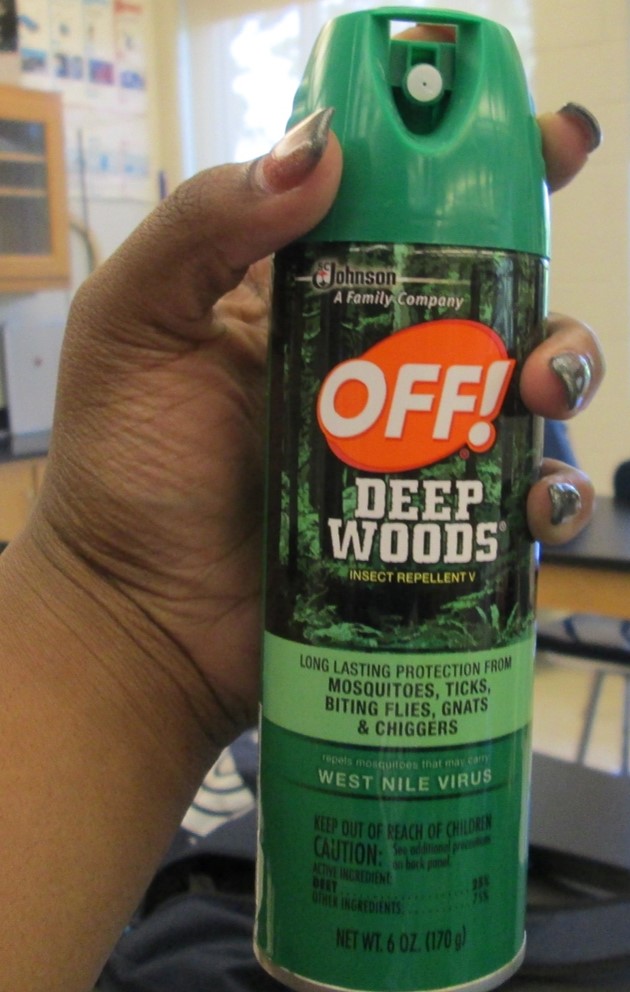
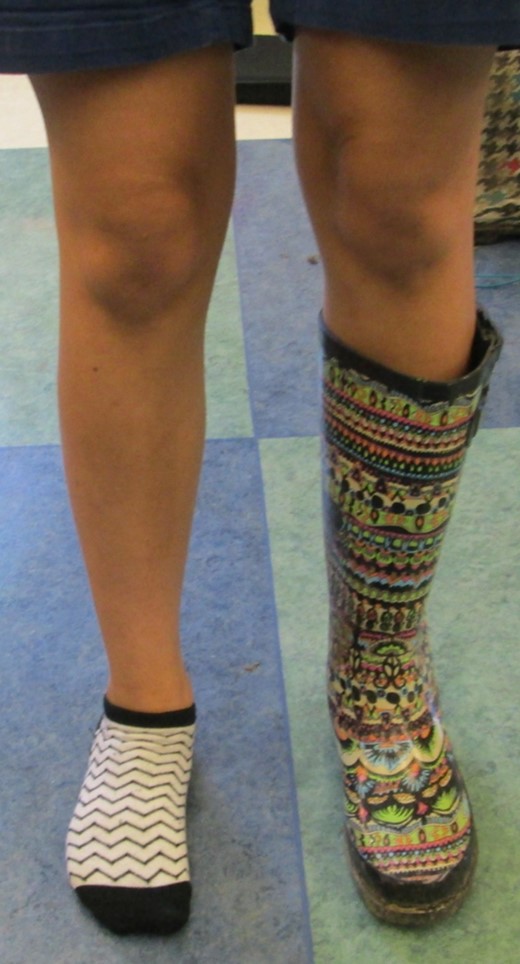
INSIDE
Goggles and Gloves
"OH! I forgot my gloves and goggles." Always remember, for your safety, to wear gloves and goggles when in the presence of chemicals.
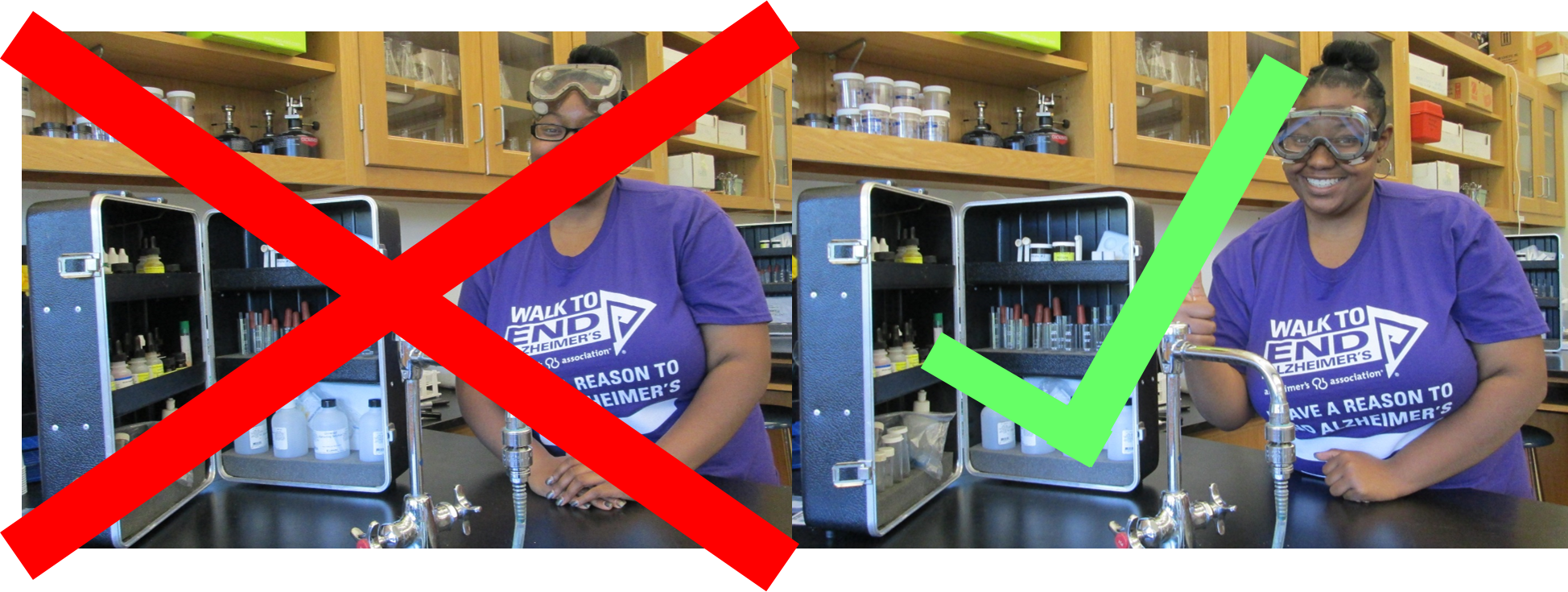
Be Careful with the Chemicals
When you are shaking the acid, make sure the lid is on tightly!
Spilling Mixtures
Don't cry over spilled milk or soil extractions. If you spill your soil extraction, you should have more than enough extra soil from your original collection to start over!
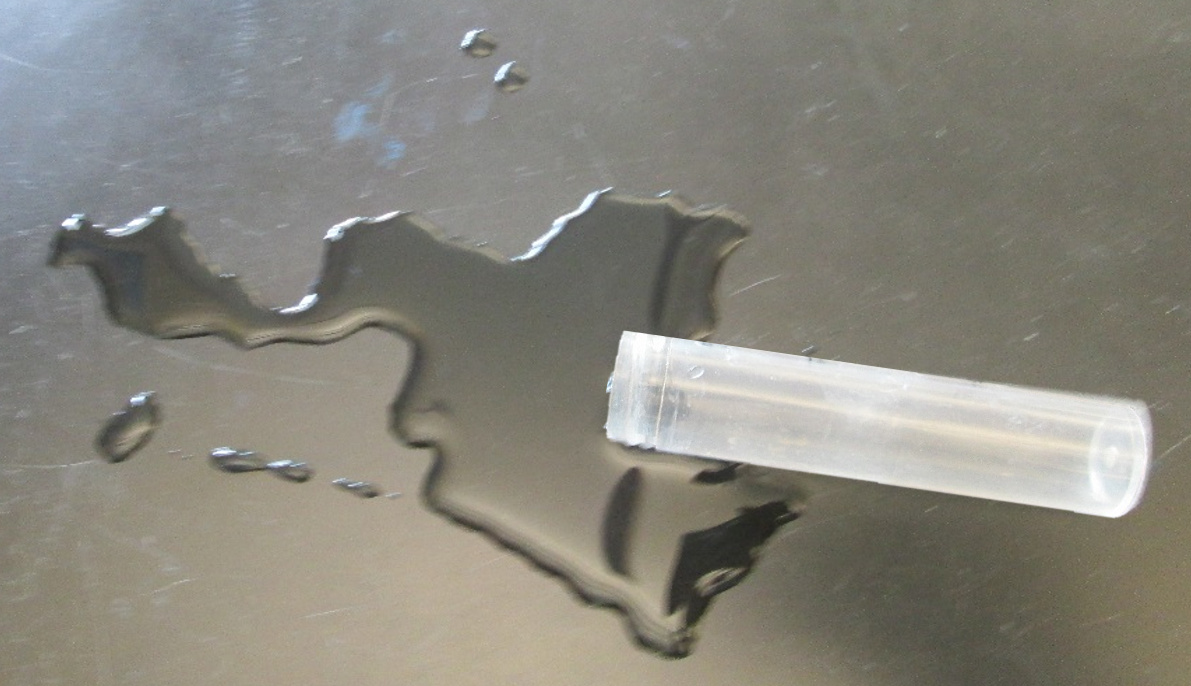
Cleaning Up
Elbows are hazardous devices. Make sure all the chemicals are out of the way and that you aren't giving anyone a shower as you clean.
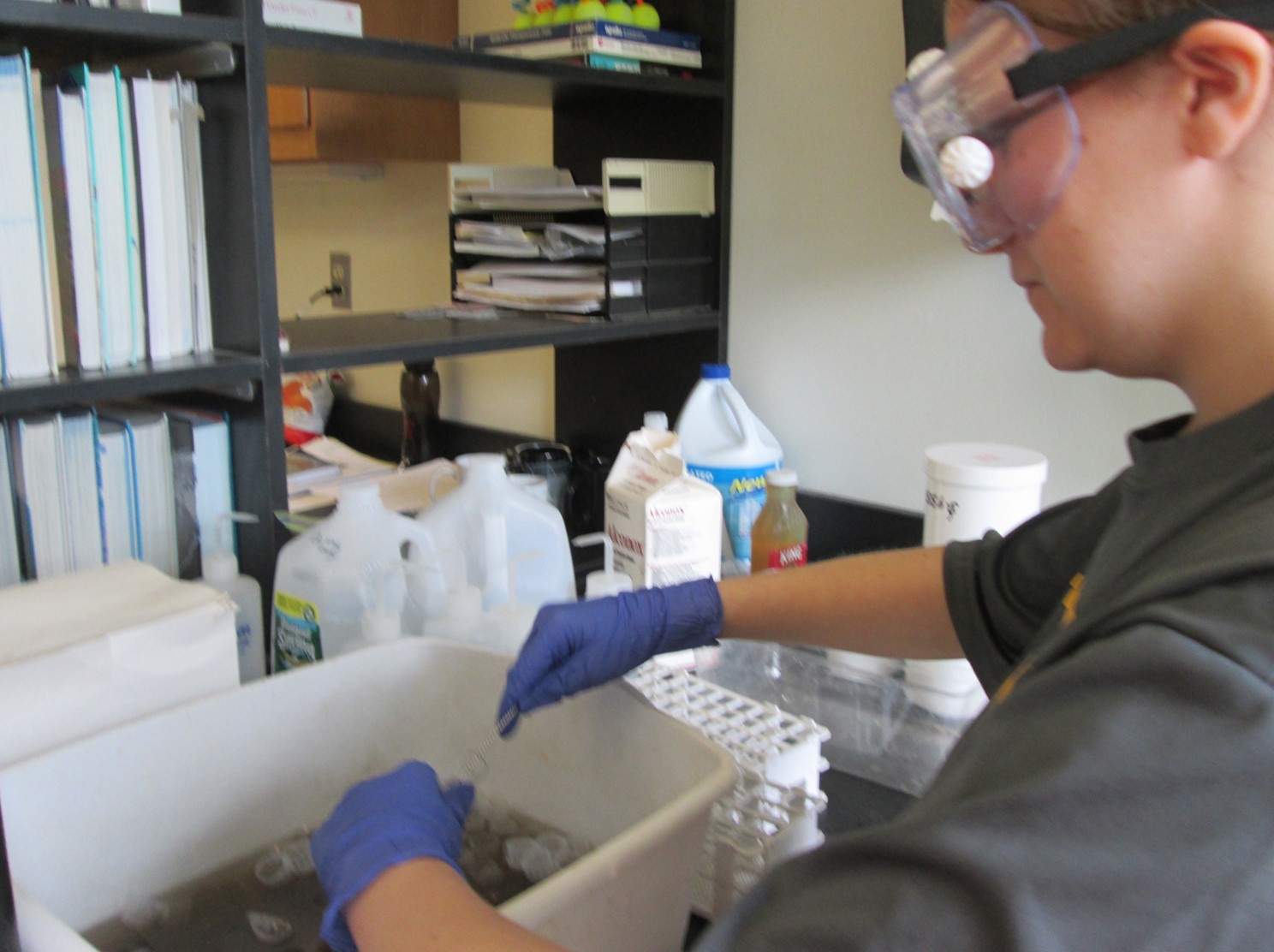
|
Prevent Mixups Always label your sample containers, test tubes and extraction tubes before putting in the samples. If you mix up your samples you may have to completely start over. |
Contamination
Make sure to thoroughly clean all reused materials between samples and to throw out all disposable materials. If any amount of one sample gets mixed in with another, the samples become useless! Make sure to wash any test tubes or pipettes used for the fungi serial dilutions in a bleach wash. Wear gloves when handling fungi and make sure to throw the growing plates in a biohazard bin.
Suggested Materials
While you can use any chemical test kit or
nutrient agers, we suggest using the LaMotte chemical test kit and the
3M Petrifilm™
3M Yeast and Mold Plates
Make sure to convert the phosphorus value from pounds per acre (lb/a) into parts per million (ppm) by dividing by 2.
Counting Fungi
It can be hard to tell which fungi are mycorrhizal, use a magnifying glass to look for a dark dot in the center of the fungus. To help you keep track of which ones you have already counted, use a thin Sharpie to outline the fungi.